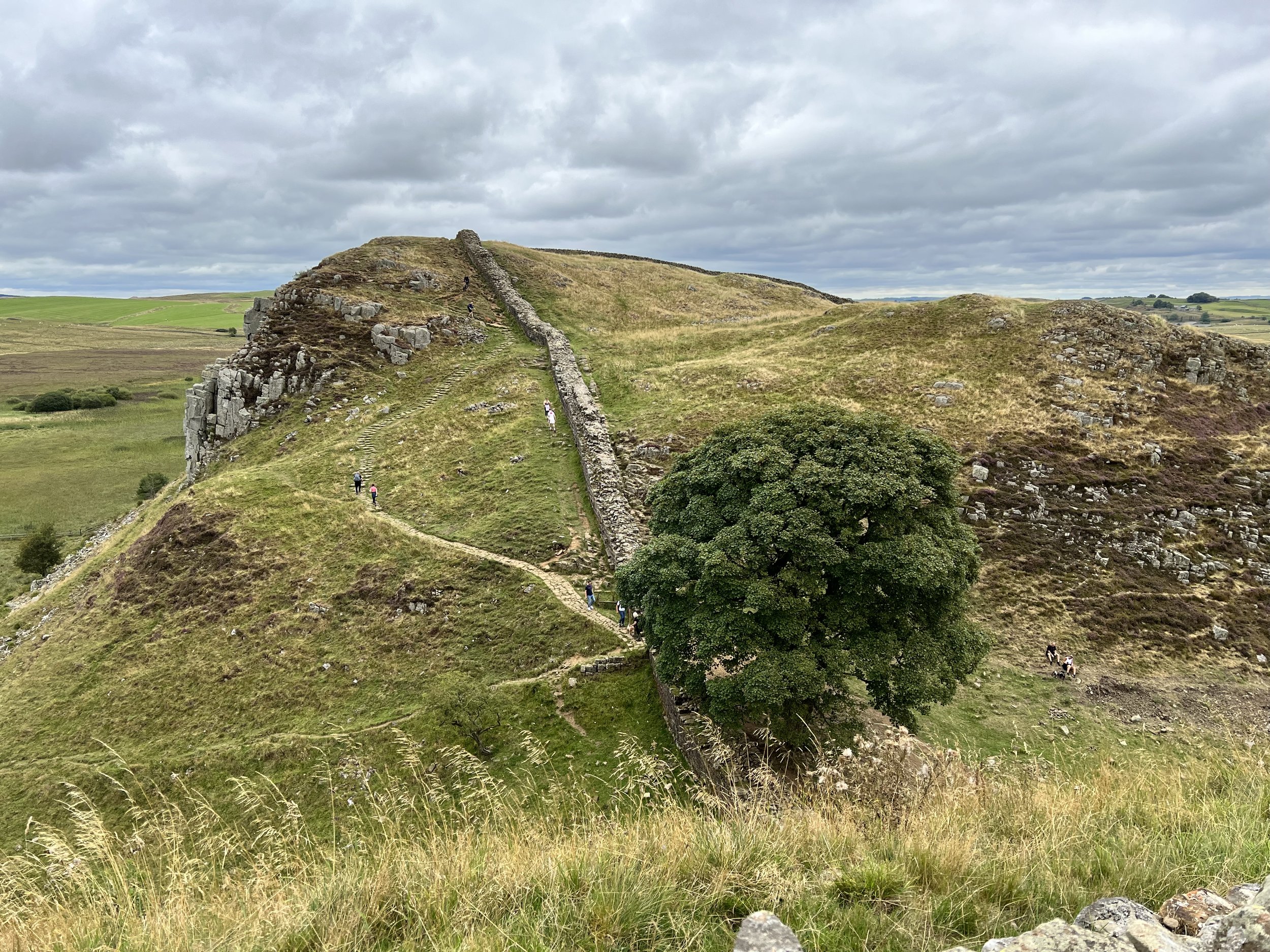THE ROMAN ARMY: AN INTRODUCTION
Rome started off as an iron age village by the River Tiber, and went on to rule an empire that extended from Northern Britain to Syria. When Constantinople fell to the Turks in 1453 AD its defenders still thought of themselves as Romans.
During such a wide span of time the army developed, changed, and eventually declined, but it was at its peak in the 1st Century AD.
Apart from the navy and the imperial bodyguard (the Praetorian Guard) in Italy, the army was stationed in the frontier regions of a still expanding empire. The main threat to Roman territory at this time came from hostile tribesmen in what is now modern Germany, but it was also a time of revolt in provinces such as Judea (Israel), and even civil war with Roman fighting against Roman as rival emperors struggled for power.
The Roman army was not invincible. However, when Roman armies lost in battle it was generally because they had been caught unprepared. They were backed up by a complex and organised society, with great reserves of manpower and industrial manufacturing capacity which could raise and equip whole legions. Defeats were usually avenged, and territory regained.
Rome achieved its dominance after a long struggle with Carthage, the great military and naval power of North Africa. One of Rome's best assets was its ability to copy and adapt. Roman weakness in naval warfare was overcome by developing a boarding ramp, which allowed troops to board enemy ships and fight naval battles with infantry tactics. With Carthage defeated another old enemy, the Celtic tribes, were encountered and defeated as the empire expanded.
In Germany, Central Europe, and the Middle East Roman armies fought against, were beaten by, and triumphed over other peoples and tribes until imperial policy changed and fixed frontiers were established. Rome's empire lasted because it absorbed and incorporated other people. The army's officers were usually Roman or Italian, but the same was not true of the soldiers. They were Roman by culture, but not necessarily by place of birth.
The roman soldier was as well equipped as a Celtic nobleman.
All new recruits went on a basic training course in which they learned the skills of their profession. Soldiers were trained to swim and learned the basics of riding. They used wicker shields and wooden swords, more heavy than the real weapons, and practised against wooden posts.
These drills were repeated with deadly effect in battle. Practise pila were thrown, to get the soldiers used to throwing missiles whilst wearing full armour.









